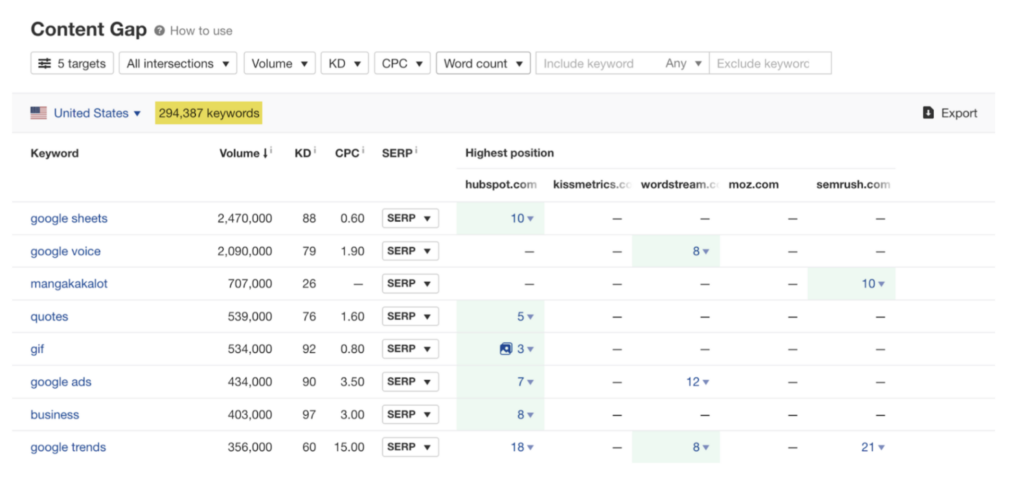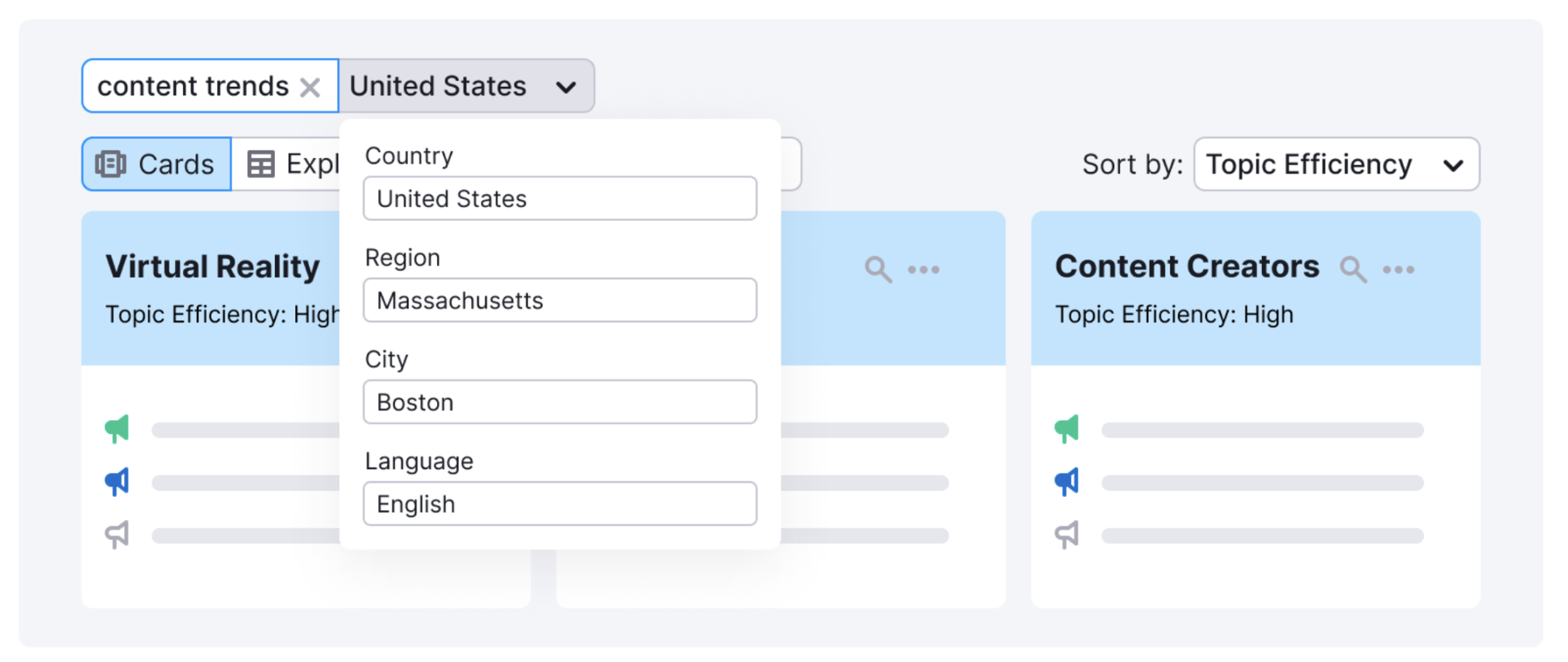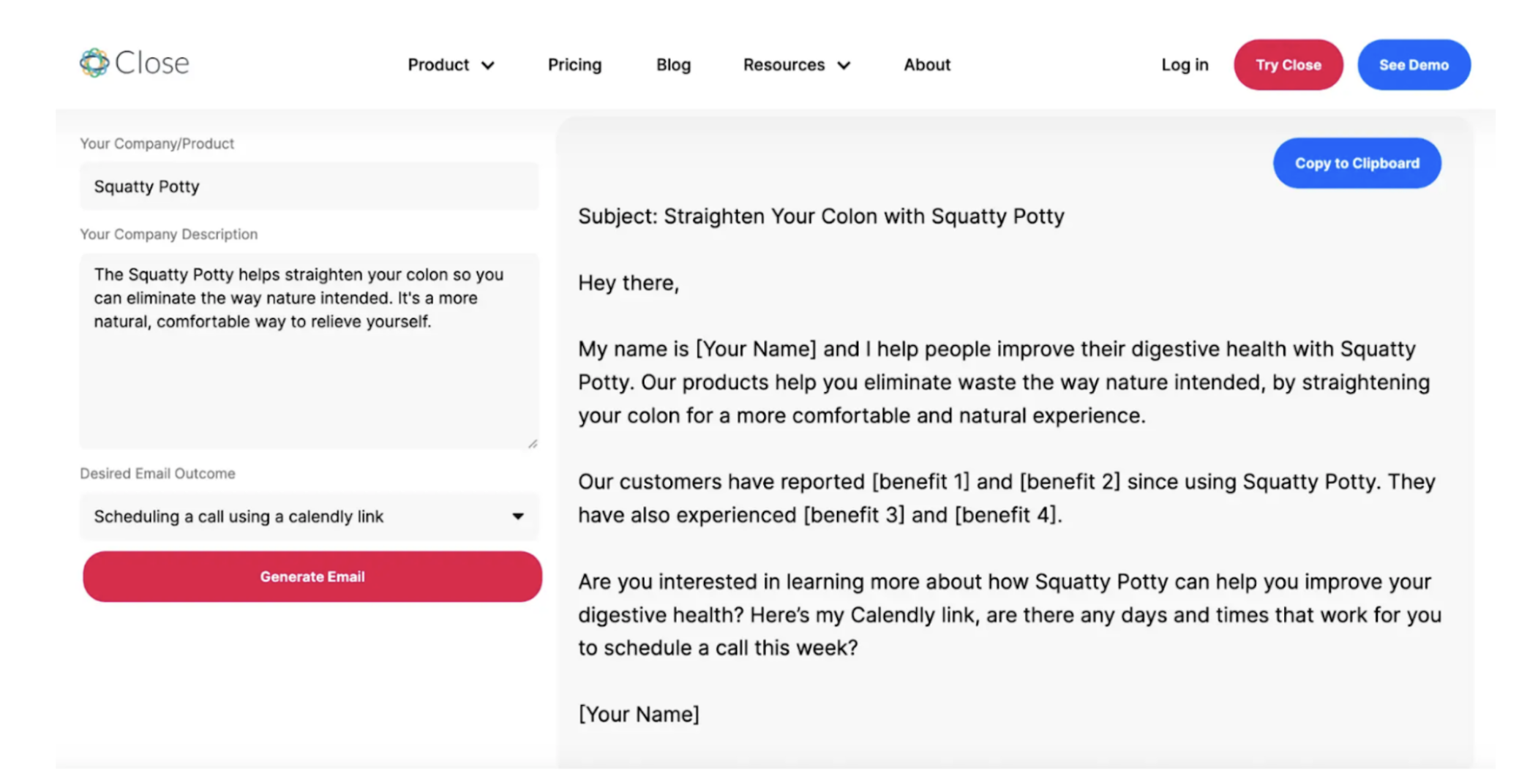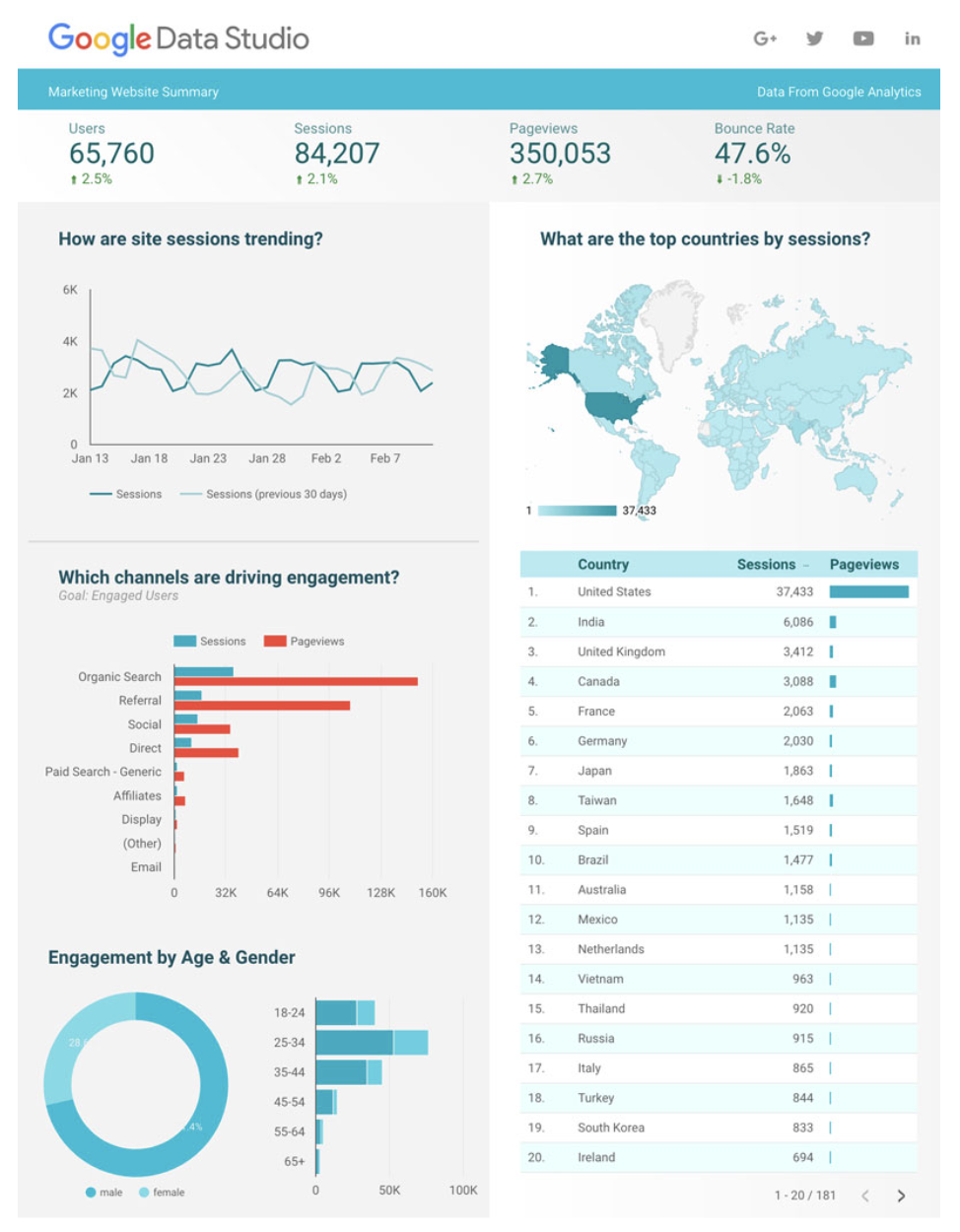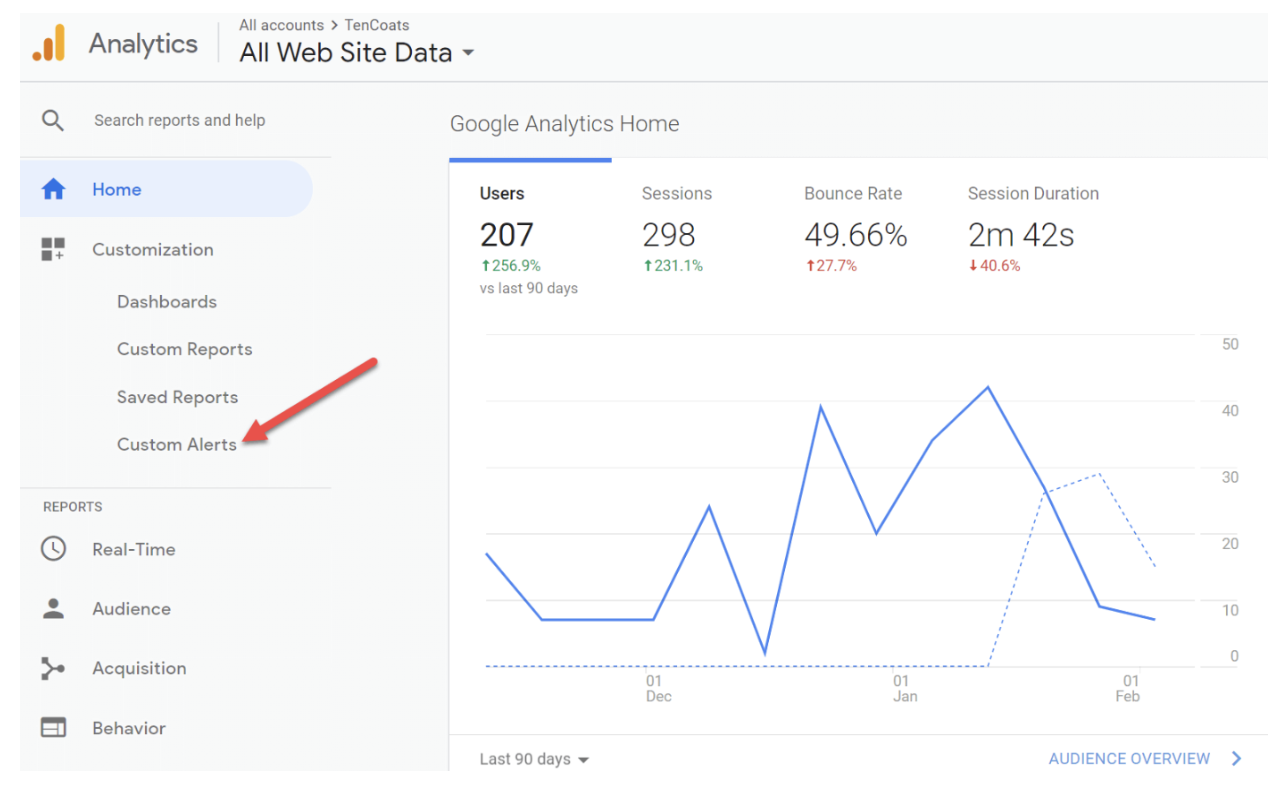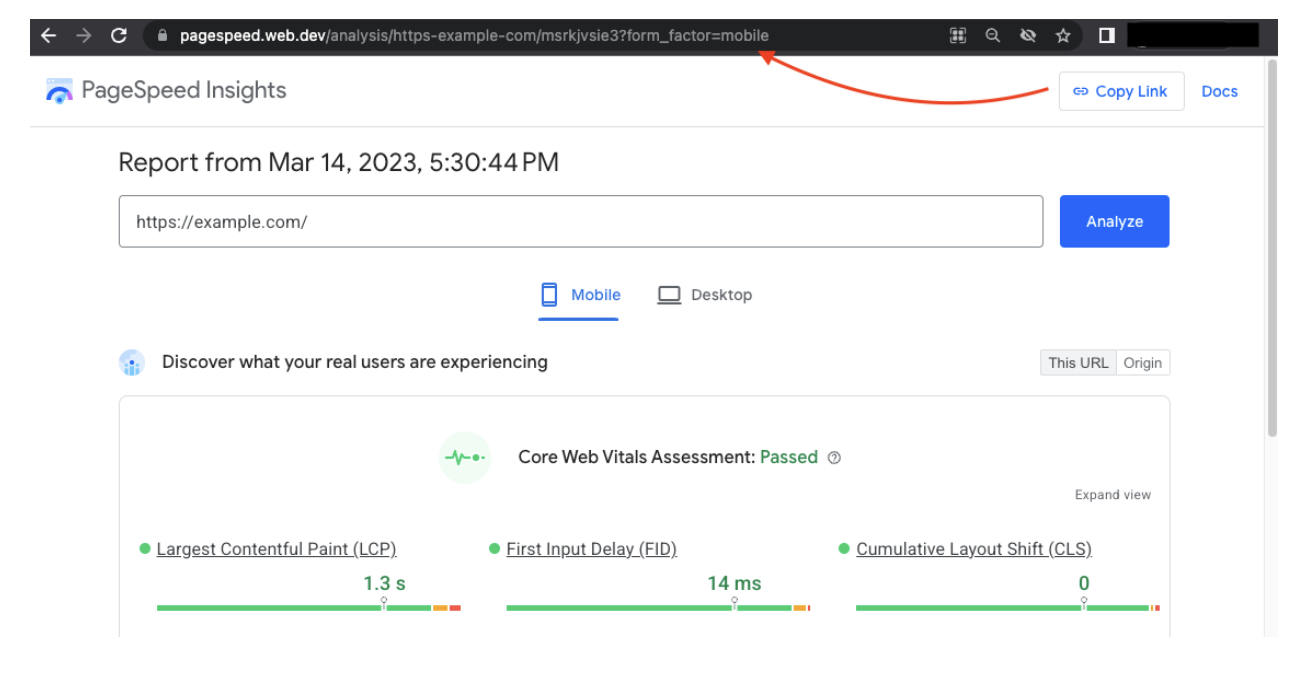Last year was an exciting time for digital marketing, marked largely by the rise of generative AI tools, as well as the introduction of multiple updates from Google designed to enhance the quality of SERP results – especially in the face of AI-generated content.
This year, it makes sense to expect an even more profound fusion of AI with SEO and content creation processes. As a result, SEO professionals are likely to see an increased focus on content created by industry experts, and continued advancements from Google that will distinguish good-quality content (whether AI-generated or human-made) from bad-quality content.
With this kind of industry backdrop in mind, you may be wondering where to get started when it comes to enhancing your SEO processes. That is why this article will go through the steps that you definitely need to take while forming a well-rounded and effective SEO strategy. It’s never too early to start thinking about your strategy for next year.
Let’s dive right in!
Benchmarking competitors
Staying aware of what your competition is doing remains an important ingredient in the recipe for successful SEO.
Benchmarking refers to the practice of analyzing your competitors’ websites in order to pinpoint what makes their SEO effective. This, in turn, can help you in the process of devising your own SEO strategy.
Benchmarking your competitors should include both things they’re doing right – like keywords and website performance – as well as what they’re doing wrong, such as any missed opportunities in their content. Understanding both the strengths and shortcomings of their strategies allows you to adjust your own website accordingly.
Keyword analysis
To get started with competitive keyword analysis, you will need to conduct some basic keyword research using a keyword analytics tool.
Such tools enable you to easily enter any keyword that you want to rank for, after which the tool automatically generates a list of websites that are currently ranking well for that keyword.
Once you have your list of competitors that are positioned well in SERPs, you can do further analysis to uncover relevant keywords that your competitors are not using. This strategy enables you to swoop in and utilize the potential of these keywords in order to enhance your own SERP positioning.
Ahrefs, for example, has a neat tool called Content Gap that helps you understand gaps in your own content by compiling all the keywords your competitor is ranking for and subtracting the keywords your own website ranks for. The result is a list of keywords that should become the focus of your targeting efforts.
Ahrefs’ tool simplifies this process further by enabling you to perform this kind of analysis with multiple competitors simultaneously. The functionality generates an incredibly extensive list of keywords that are recommended targets for your optimization efforts.
Content creation tools (topic clusters)
Effective SEO will always heavily rely on high-quality, relevant content in order to remain effective. That said, if you’ve been creating content solely around individual keywords, now would be a good time to start thinking about topic clusters.
Topic clusters consist of groups of web pages that are strategically designed to help your website establish authority on a specific subject. Within each topic cluster, there is a pillar page that serves as a comprehensive overview of a particular topic.
Using topic clusters properly can do wonders for your SEO. In what way? Well, the more high-quality content you produce on a relevant topic, the broader array of keywords you can rank for. This leads to your website accumulating authority.
Authority matters from an SEO standpoint because Google prioritizes websites that exhibit Experience, Expertise, Authoritativeness, and Trustworthiness (E-E-A-T) on topics that are relevant to their industry.
Luckily, creating topic clusters isn’t a complicated endeavor when armed with the right tools. Here are some popular ones that content marketers use for this purpose:
- Ahrefs has a Keyword Explorer tool that can provide insights into potential topic areas. Once you learn what topics your competitors are focusing on, Ahrefs can help you construct similar topic clusters for your own website.
- Semrush has its own Topic Research tool that not only uncovers new topic ideas but also helps you assess audience interest and devise an entire content plan organized around topic clusters.
- HubSpot has what is called a Content Strategy Tool — specifically designed for topic clusters, this tool identifies main topics and their related subtopics, arranging them into clusters and tracking their performance for you.
- BrightEdge also offers a nifty tool called Data Cube that provides insights for optimizing your content by accurately pinpointing relevant, high-performing keywords and topics in your niche. The Data Cube empowers you to devise a content strategy focused on filling content voids and capturing those new ranking opportunities.
Integrating AI into your SEO strategy
Many SEOs and content marketers use AI tools primarily to generate website and social media content. However, while AI SEO writing tools do play a major role in SEO strategies, there are numerous other ways to leverage this technology today.
Moreover, AI online video makers enable the efficient creation of engaging and quality videos that lead to better user engagement metrics and send positive signals to search engines and platforms like YouTube. The same goes for a variety of visual elements.
What’s great is that creating one type of content can serve multiple purposes. These days, you can utilize AI tools to repurpose your content, for instance, convert regular videos into YouTube or TikTok shorts, or blog posts into scripts for videos or podcasts, and so create more entry points for audiences and search engines to index content.
However, there are numerous other ways to leverage AI technology today outside of content creation. In fact, for SEO, some of the best use cases of AI are in the domain of backlinking analysis or schema markup.
[Ebook] Using projections to reinforce an SEO strategy
An AI-powered tool like Alli AI analyzes your website’s current backlink profile to identify opportunities for enhancing your backlink anchor texts so that they remain diverse but relevant to the type of content you produce. It also helps you pinpoint and obtain new, quality backlinks with optimized anchor text to improve your search rankings. As for your competitors, a tool like Alli AI also provides insights into their backlink strategies so that you can refine your own approach accordingly.
AI technology can also help SEO professionals and marketers in creating cold outreach emails. This cold email tool by Close has been trained using the most effective templates perfected by the company’s sales team for over a decade. It provides a solid first draft to serve as a base that only requires a bit more manual polishing before it can be sent out to your prospects.
Apart from the specific examples we’ve given above, there are many other ways to incorporate AI technology into your SEO strategy. Here are just some ideas to get you started:
- Optimizing page titles to boost organic click-through rates
- Recognizing missing topics on key pages
- Identifying opportunities for interlinking
- Providing real-life examples for articles
- Suggesting suitable visuals and media types to include in your content
No matter what you end up using AI for, it is important to remember that the technology is still not at a point where you can use AI-generated outputs without any sort of proofreading or editing. However, AI is now more than capable of helping your teams be faster and more efficient by cutting out a lot of manual work, especially in relation to content production.
So, the key here is to maintain that smart balance between AI-assisted outputs and creative human interventions and insights.
Making your SEO processes scalable
For SEO professionals dealing with enterprise-level websites, coming up with a scalable SEO strategy can prove difficult in the beginning. The complexity arises from the sheer scale of large websites, which often contain thousands of pages, in contrast to smaller or mid-sized company sites that typically have only a few hundred pages or even fewer than that.
In the case of such large websites, designing an appropriate SEO strategy will involve collaboration between teams from various departments, especially if different teams get assigned to different website sections and subdomains. Simply put, ensuring alignment among all contributors is the key to maintaining a cohesive SEO strategy.
But, once you have all contributors successfully working together, you can address different SEO needs with different tools that ensure scalability.
For instance, Oncrawl is designed to handle large and technically complex web structures, which are frequently encountered in websites tailored for e-commerce, job boards, classified ads, and media platforms.
Oncrawl also has a great segmentation feature that allows you to break down the pages of the website you’re analyzing into meaningful groups, enhancing the ability to identify patterns in technical behavior.
Segmentation helps users get a meaningful view of their data distribution, pinpoint immediate opportunities and decide on the prioritization of projects.
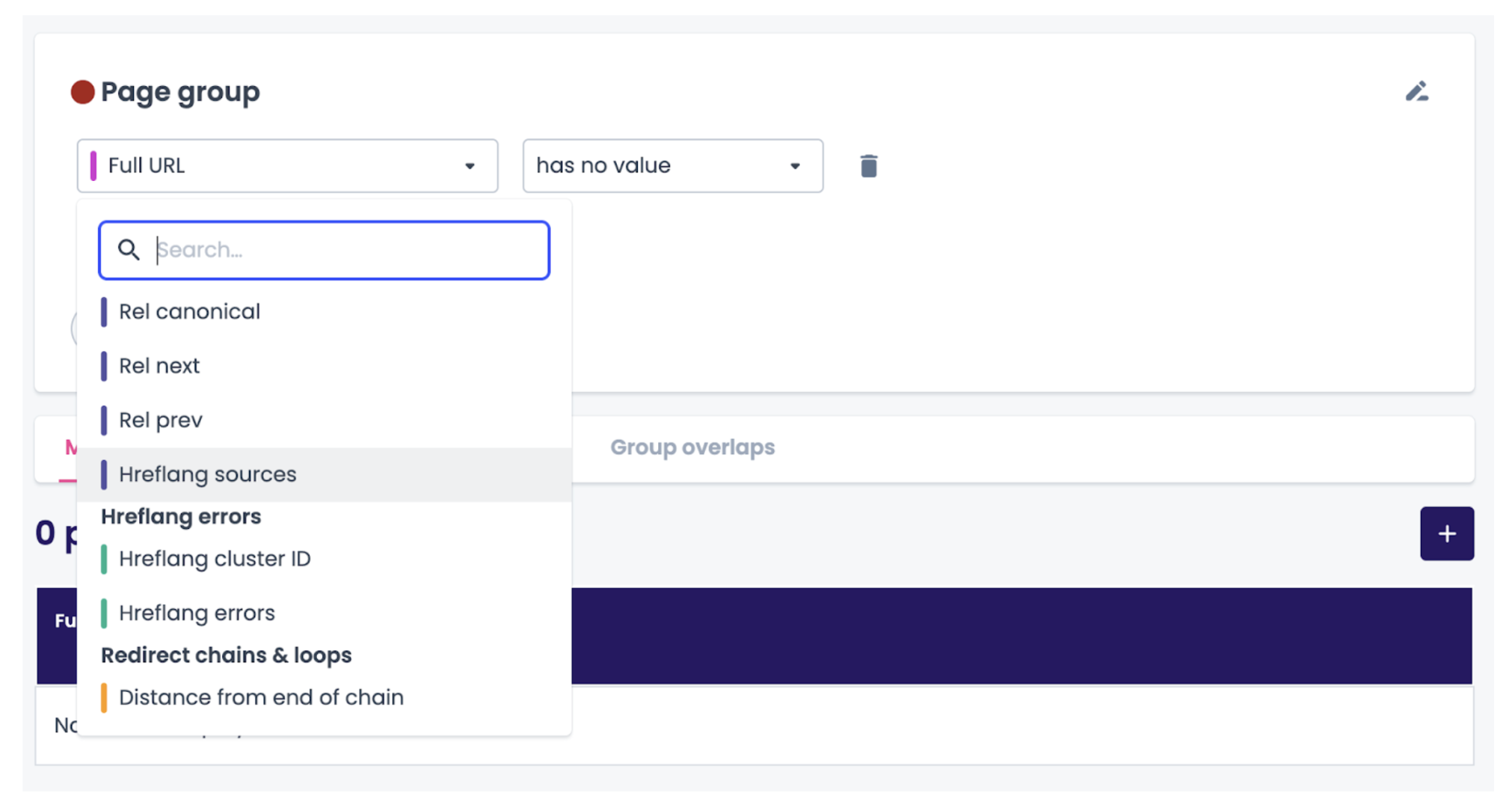
Source: Oncrawl
You can use any metric or combination of metrics available to define your groups or you can use any of the templates in the segmentation library.
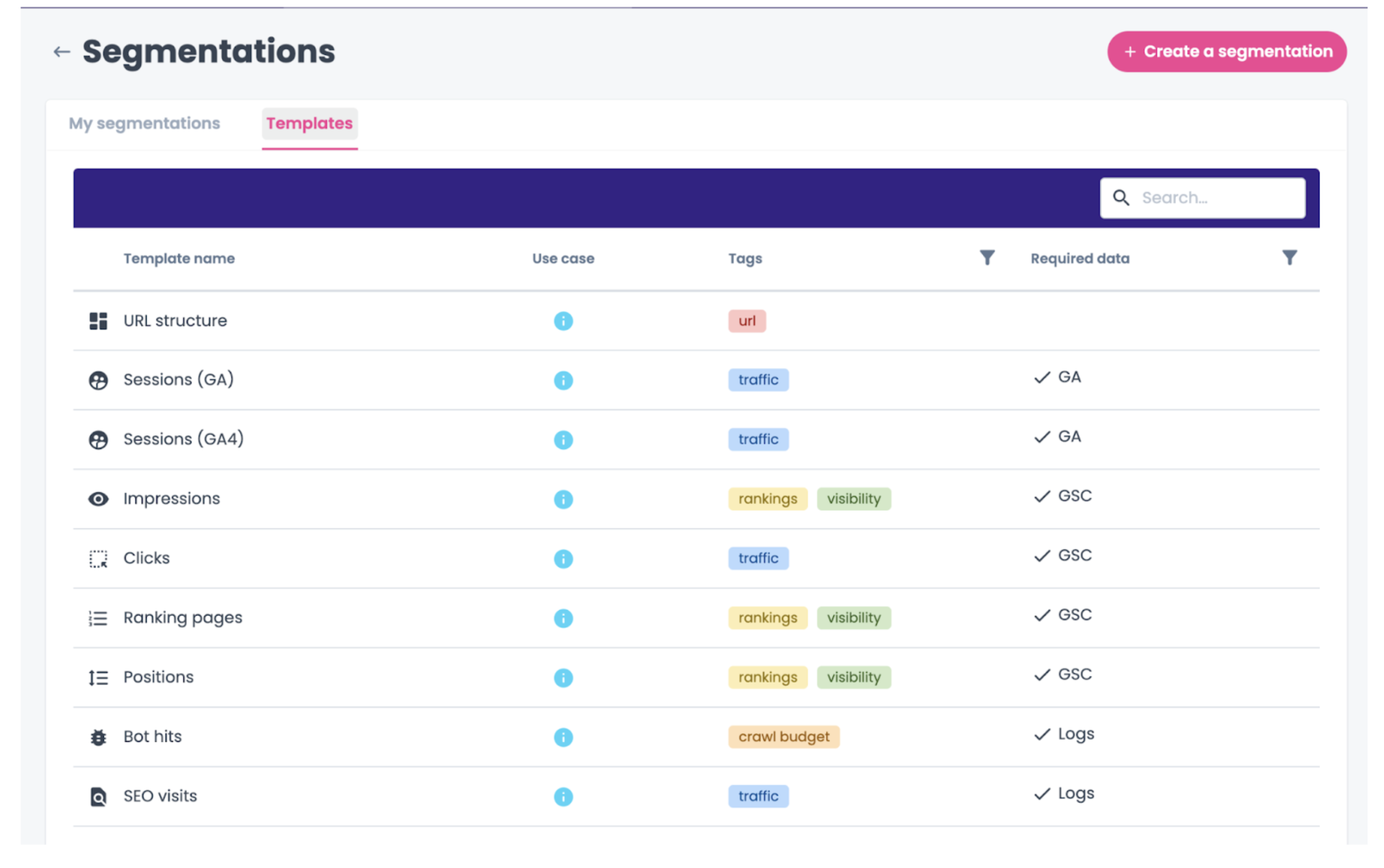
Source: Oncrawl
Another tool that comes to mind when thinking about scalability is Google Looker Studio, previously known as Google Data Studio. This tool is known for its dynamic and visually appealing reports that integrate data from various sources, which greatly facilitates the communication of insights across teams.
Using Looker Studio, you can easily link to various platforms, including:
- Databases like BigQuery, MySQL, and PostgreSQL
- Google Marketing Platform products, encompassing Google Ads, Analytics, Display & Video 360, and Search Ads 360
- Google consumer products, including Sheets, YouTube, and Search Console
- Flat files through CSV file uploads and Google Cloud Storage
- Social media platforms like Facebook, Reddit, and Twitter
Monitoring site performance
Given the way SEO has evolved in recent years, there has been a noticeable shift toward continuous site monitoring. This is because only doing full-site audits to keep your website performance in check is becoming increasingly insufficient.
Unlike audits that require manual sifting through information to identify performance issues or errors, tools that perform website monitoring streamline this process by pinging users as soon as anything happens that is worthy of their immediate attention, such as:
- 404 page errors
- Expired SSL certificate
- Sudden website downtime
- Slow loading speed
- Changes in SERP positioning
Oncrawl can also be a useful tool for site monitoring. You can use it to generate customized reports and alerts that help you track your website’s health, manage migrations, and identify search engine bot traffic and behavior.
The platform offers customizable alerts triggered by preset conditions that you define; and you have the freedom to choose what aspects to monitor and set thresholds, fine-tuning alert sensitivity according to what you care to be alerted of the most.
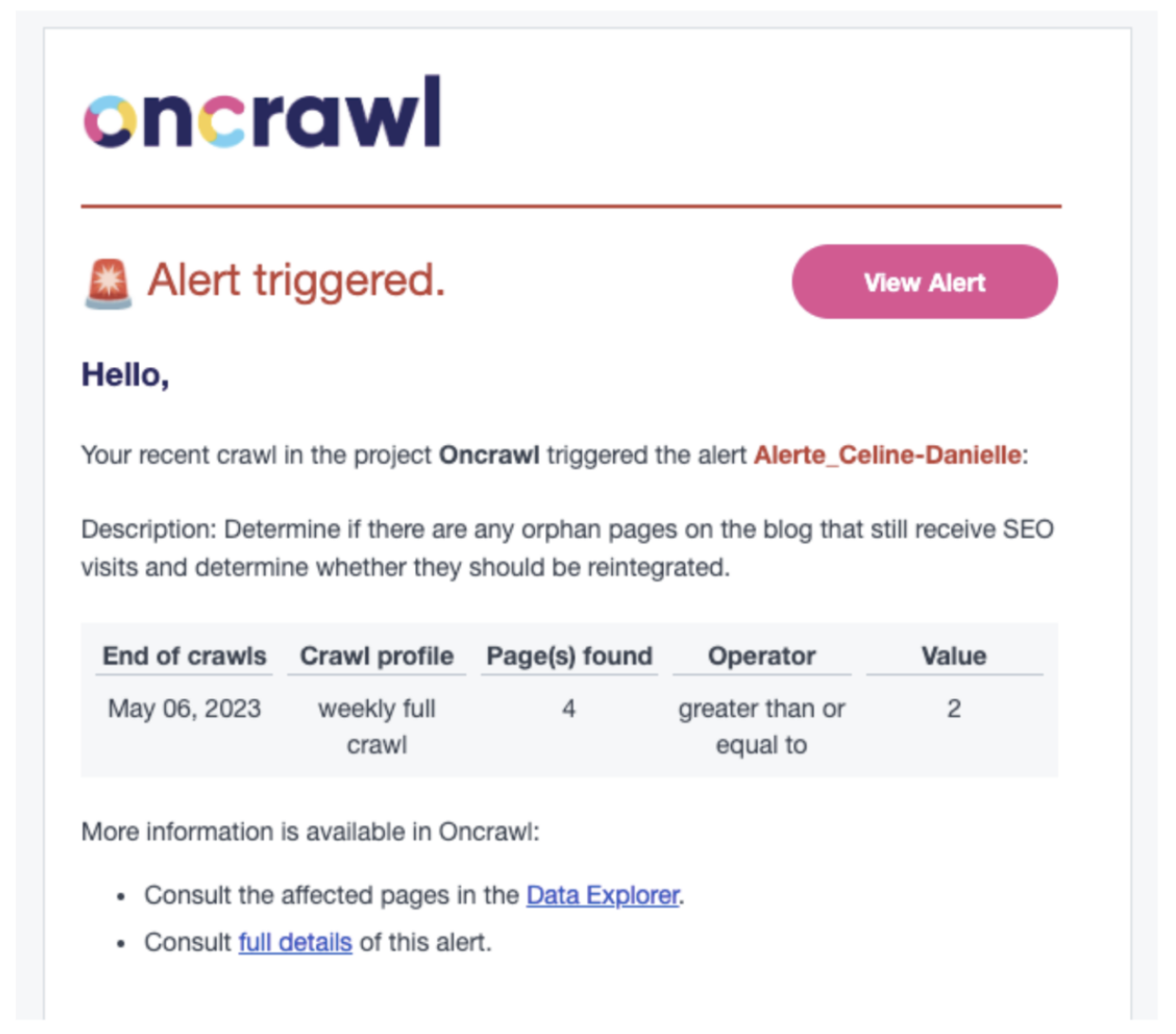
Adding to that, the Google Search Console is another platform used to assess the impact of your SEO activity. Although it lacks the ability to configure alerts for issues like SERP position declines, it is still a popular and well-loved tool that works well in combination with other platforms suited for this purpose.
For instance, Google Analytics or similar traffic tracking platforms allow users to set up personalized alerts for any unusual changes in website traffic.
Site audits
While the importance of continuous site monitoring cannot be stressed enough, website audits remain essential. A proper website audit entails analyzing the various technical elements of your site, including loading speed, mobile responsiveness, and overall performance.
The aim of frequently auditing your website is to optimize the user experience and facilitate better processing by search engines. Additionally, keeping your website in good health contributes to enhancing its trustworthiness, thereby attracting more visitors and potential customers.
If you manage a website with a substantial number of pages, the Oncrawl app is particularly well suited for managing large datasets with its advanced crawler and log analyzer features.
Another valuable tool to have in your arsenal is Google PageSpeed Insights and Google Search Console. Google Page Speed Insights focuses on optimizing page speed in an intuitive and user-friendly way, while Google Search Console verifies crawled and indexed pages and tracks keyword positions in SERPs.
Conclusion
Crafting a strong SEO strategy requires a flexible approach that takes into account all current market trends – which essentially boils down to staying adaptable to algorithmic changes and the increasing role of AI in SEO today.
Therefore, it is encouraged to devise a holistic strategy that encompasses technical optimization and maintenance, content relevance, and the intelligent use of artificial intelligence.
Here’s to a year of strategic growth and continued adaptation to the ever-evolving SEO realm!

